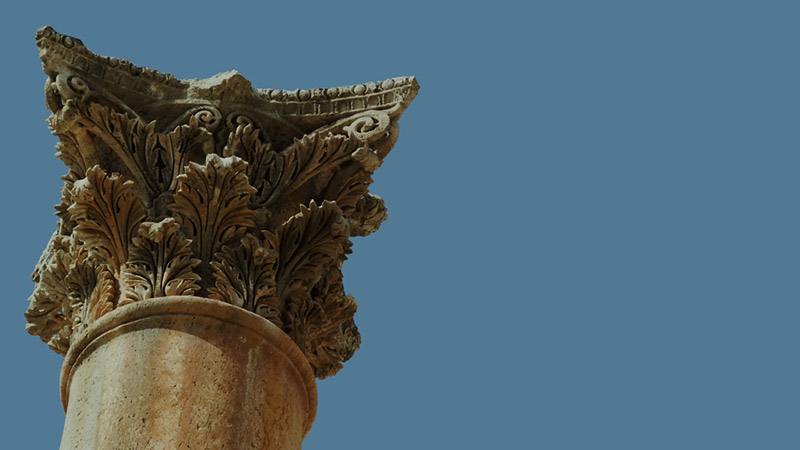More Results
Showing 12 of 203
Articles

The Salt of the Earth
The City of SardisLocated on Mount Tmolus in southern Turkey, the city of Sardis stood at the crossroads of Asia Minor, the most prosperous, powerful, fertile, and pagan province of the entire Roman Empire. First-century Sardis had a unique blend ...
MOREEncyclopedia

The Mount of Olives
The Mount of Olives is 2,650 feet above sea level. The ridge is two miles long. Beyond the Mount of Olives is the Judea Wilderness. The Old Testament predicted that the Messiah would come from the east through the wilderness and would enter Jerusa...
MORE
The Mudbrick Gate in the Tel of Dan
This gate was filled in 3,500 years ago, during an ancient "urban renewal." You can still see the stone pavement leading to the gate. Note the mud brick arch over the supported entrance. Just inside the entrance are the gate chambers typ...
MORE
The New City
This view is from the northwest looking southeast across the New City. Jerusalem expanded to the north in Jesus' time, to the area in the foreground called the New City. The wall in the center is the second wall, and the area inside it is the busi...
MORE
The Philistines
The Old Testament frequently mentions the Philistines, a pagan people who clashed with God's children in the Promised Land. The Bible itself provides many interesting facts about Philistine culture, and archaeological discoveries have added to our...
MORE
The Shephelah
Shephelah is a Hebrew word meaning "low" and is usually translated "lowlands" or "foothills." The term refers to a twelve to fifteen-mile wide region in Judea, comprised of foothills that are located between the coast...
MORE
The Temple Mount at Jerusalem
God despised the Canaanite high places where pagan worship was carried out. His orders to the Israelites were to destroy them. Yet God communicated with his people through their culture. He allowed them to establish high places where he could meet...
MORE
The Temple of Domitian
Built on the slope of the hill south of Ephesus and extending into the center of the city, this prominent temple could be seen from nearly everywhere in Ephesus, including the land and harbor entrances. The Ephesians, who built it to honor their e...
MORE
The Theater at Beth Shean
This spectacular theater was built during the Roman period in the Decapolis city of Beth Shean, known also by its Greek name, Scythopolis. It was more than 360 feet in diameter and seated over 7,000 people. As seen here, one tier of seats remains....
MORE
The Theater at Caesarea
Herods' love of Hellenistic culture and his desire to introduce it to the Jewish nation is illustrated clearly by the theater at Caesarea. Apparently, this structure was built outside the city because its obscene and bawdy performances may have cr...
MORE
The Theater at Ephesus
In the world of the early believers, the theater was a significant institution for communicating the Hellenistic view of the world. Every major city in the Roman world had a theater, and the theater in Ephesus was spectacular. The Greek king Lysim...
MORE
The Theater at Hierapolis
The first-century theater of Hierapolis, one of the best-preserved theaters in Asia, clearly demonstrates the city's sophistication at the time Epaphras founded a church there. The carvings below the stage, which was twelve feet high, are in remar...
MORE

















